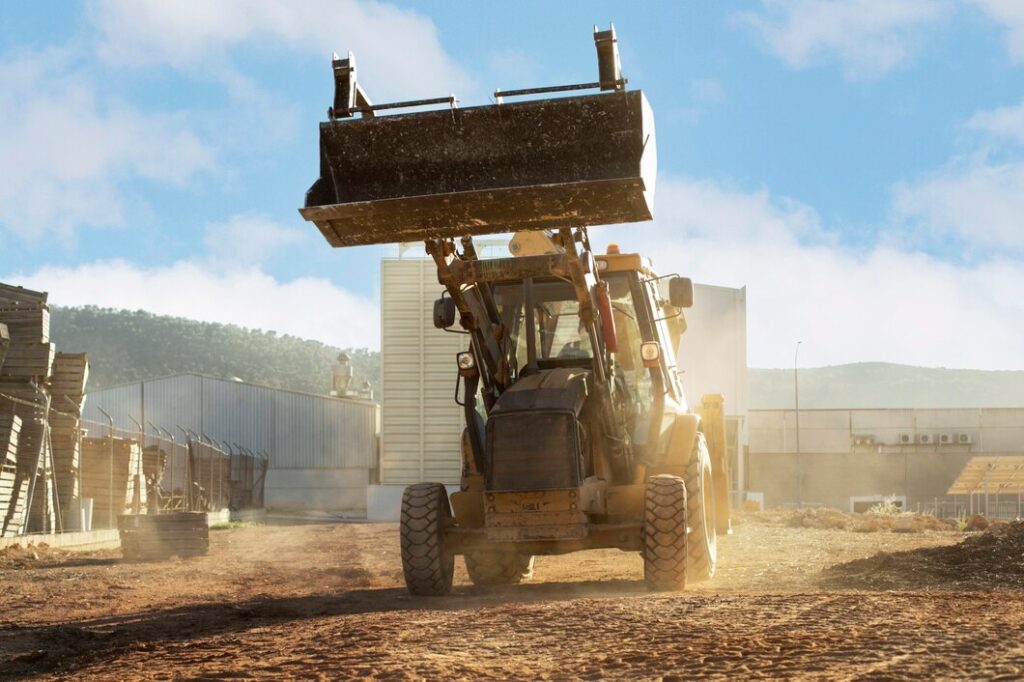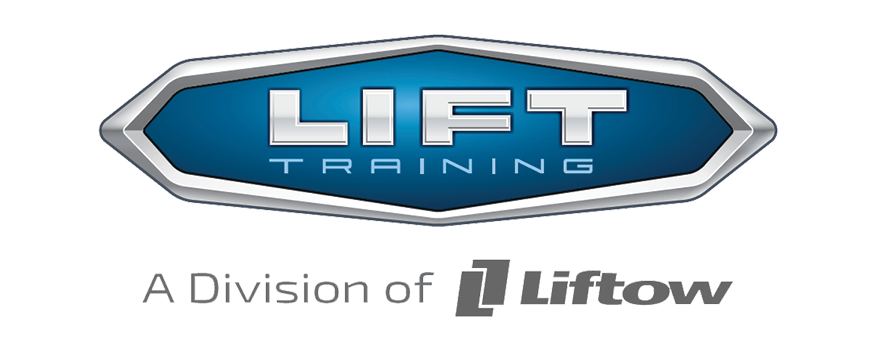
Articulated boom trucks, also known as knuckle boom trucks, are versatile pieces of equipment used in various industries. They have a unique design that allows the boom to bend at joints, similar to a human finger. This flexibility helps in reaching tight spaces and lifting heavy loads with precision. These trucks are valuable assets for construction sites, utilities, and transportation services.
However, operating an articulated boom truck comes with its own set of challenges and risks. Understanding how the equipment works is essential for safe and effective operation. It’s crucial to follow specific safety guidelines and practices to prevent accidents and ensure smooth operations. Operator training and regular maintenance also play a significant role in sustaining the truck’s performance and safety.
Safety must always be a priority when handling heavy machinery. Knowing the fundamentals of articulated boom trucks and adopting proper safety measures helps protect operators and their colleagues. Safe practices not only prevent accidents but also improve the truck’s efficiency and longevity.
Understanding Articulated Boom Trucks
Articulated boom trucks, also known as knuckle boom trucks, are designed with multiple joints, allowing the boom to move like a human finger. This flexibility makes them very useful for lifting and placing loads in tight or restricted spaces. Unlike traditional cranes, these trucks can fold into a compact size for easy storage and transport.
These trucks are equipped with hydraulic systems that power the movement of the boom. The controls are usually located in a cab that offers the operator a clear view of the site. The operator can extend, retract, and rotate the boom to position loads accurately. The truck’s stabilizers, or outriggers, are critical for maintaining balance during lifting operations. They should be fully extended and placed on firm ground before you start working.
Knowing the capabilities and limitations of your articulated boom truck is important for safe operation. Every truck comes with a load chart, indicating the maximum load it can lift at various boom lengths and angles. Understanding this chart helps in planning lifts and avoiding overloading, which can cause the truck to tip over. Familiarity with the truck’s controls and the environment also helps in executing smooth and safe operations.
Essential Safety Practices for Articulated Boom Trucks
- Pre-Operation Inspections: Always perform a thorough inspection before using the boom truck. Check for any visible damage to the boom, cables, and hydraulic systems. Make sure all controls and safety devices are functioning properly.
- Verify Load Capacity: Consult the load chart provided by the manufacturer. Knowing the maximum load capacity helps avoid overloading, which can lead to severe accidents.
- Secure the Load: Ensure the load is properly balanced and securely attached before lifting. Use the right slings, hooks, and other lifting devices.
- Extend Outriggers Fully: Always fully extend the outriggers and place them on firm, level ground. This provides the necessary stability for lifting heavy loads.
- Use Smooth Movements: Lift and lower loads gently to avoid sudden swings. Sudden movements can destabilize the load and the truck.
- Clear Communication: Maintain clear communication with your team using hand signals or radios. Everyone involved should understand the lifting plan and any potential hazards.
- Wear Safety Gear: Always wear appropriate safety gear, including hard hats, gloves, and high-visibility vests. This helps protect you and your team from potential accidents.
- Check Weather Conditions: Adverse weather like strong winds or lightning makes lifting operations dangerous. Always check the weather forecast and plan lifts accordingly.
- Keep a Safe Distance from Power Lines: Maintain a safe distance between the boom and any overhead power lines. Contact with power lines can be fatal.
- Follow Manufacturer’s Guidelines: Always adhere to the guidelines and recommendations provided by the manufacturer. These are designed to ensure the safe and efficient use of the truck.
By following these essential safety practices, you can minimize risks and ensure smoother operations. Prioritizing safety not only protects you and your team but also enhances the overall efficiency and longevity of the equipment.
Proper Operation Techniques
Operating an articulated boom truck requires skill and attention to detail. Start by familiarizing yourself with the controls and operating procedures provided by the manufacturer. Your first task is to ensure the truck is on stable, level ground. Extend the outriggers fully to provide the maximum stability. Always confirm that the area around the truck is clear of obstacles and personnel before beginning any lift.
Once you’re ready to lift, always move the boom smoothly. Avoid sudden jerks or rapid movements, as these can cause the load to swing dangerously. Gradually increase the boom’s height and extension to reach your target. Keep a close eye on the load to ensure it remains balanced and secure throughout the lift. If the load starts to shift or swing, lower it immediately and reassess the situation.
Effective communication is essential during boom truck operations. Use clear hand signals or radios to coordinate with ground personnel. Everyone involved in the lift should know the plan and be alert to any changes. Always be prepared to stop the operation if any unexpected issues arise. Safety should always take precedence over speed or efficiency.
Routine Maintenance and Inspections
Regular maintenance and inspections are vital for keeping your articulated boom truck in peak condition. Daily inspections should cover basic checks, including inspecting hydraulic lines, cables, and the boom for any signs of wear or damage. Make sure the controls are functioning properly and that all safety devices are in place.
Scheduled maintenance involves more detailed checks and should be performed according to the manufacturer’s guidelines. This includes changing hydraulic fluids, inspecting the engine, and replacing worn-out parts. Keeping up with scheduled maintenance helps prevent unexpected breakdowns and keeps the truck operating smoothly.
Annual inspections by certified professionals are also crucial. These inspections delve deeper into the truck’s mechanical and structural integrity. Professionals can identify hidden issues that may not be apparent during daily or scheduled checks. Keeping a detailed log of all maintenance and inspections is also beneficial. This record helps in planning future maintenance and provides a history of the truck’s condition.
Regular maintenance and inspections help extend the lifespan of your articulated boom truck and ensure it operates safely. Addressing minor issues promptly prevents them from escalating into major problems, ultimately saving time and costs.
Conclusion
Operating an articulated boom truck safely and efficiently requires a combination of proper understanding, adherence to safety practices, skilled operation techniques, and regular maintenance. These foundational elements ensure that tasks are completed smoothly and safely, enhancing both productivity and safety in the workplace.
By following essential safety practices and implementing proper operation techniques, you create a safer environment for yourself and your colleagues. Regular maintenance and detailed inspections further contribute to the longevity and reliable performance of the equipment.
Safety and efficiency go hand-in-hand. Investing time in thorough training and diligent upkeep of your articulated boom truck is crucial. At LIFT Training, we offer comprehensive equipment training programs and certification to help you stay ahead. Contact LIFT Training today to ensure the highest safety standards are met in your workplace.
